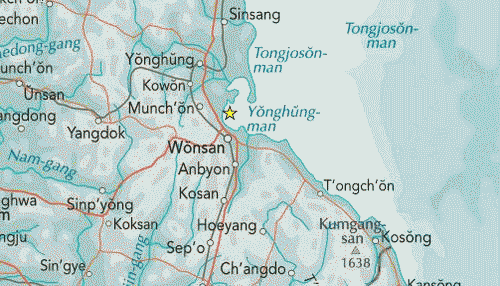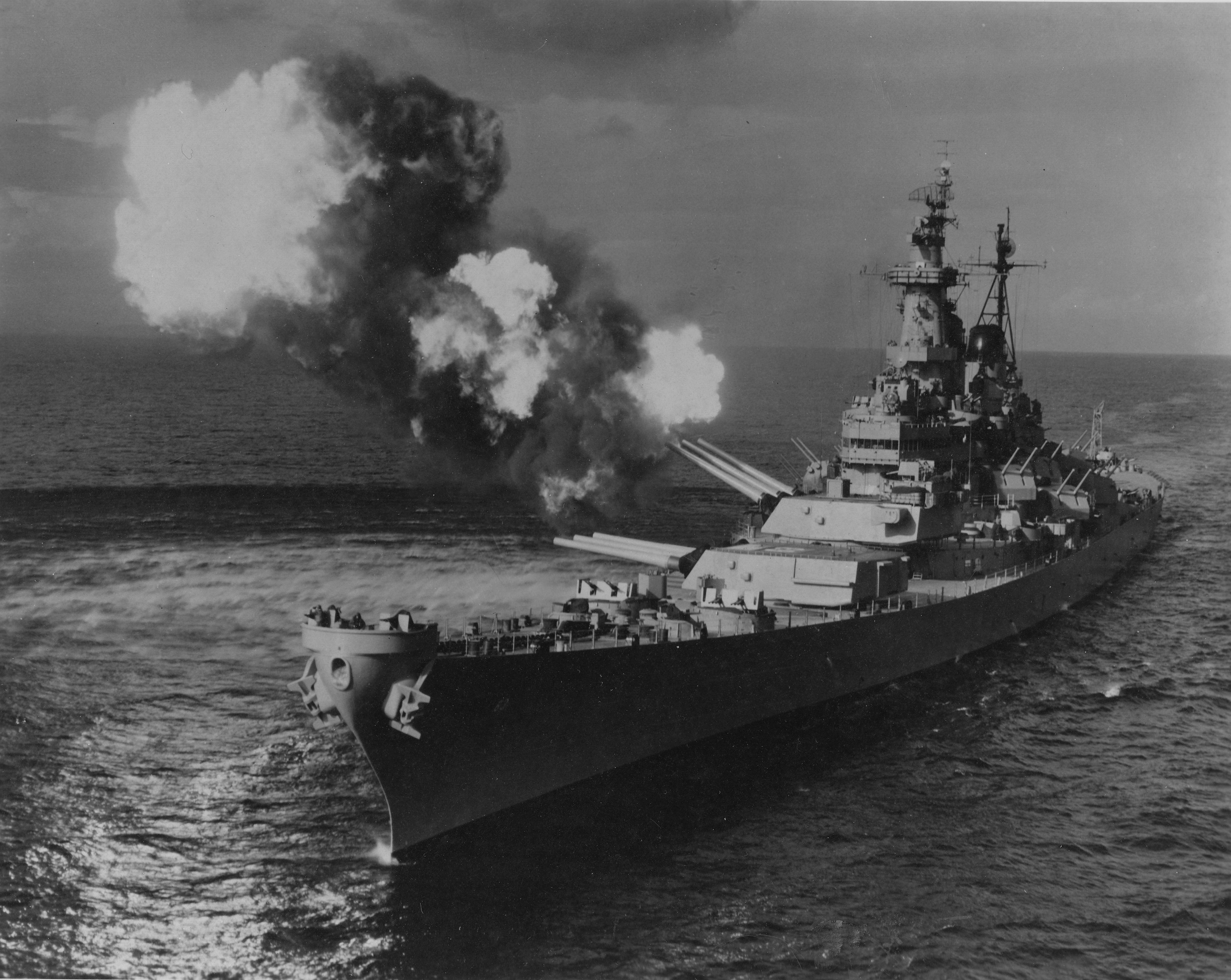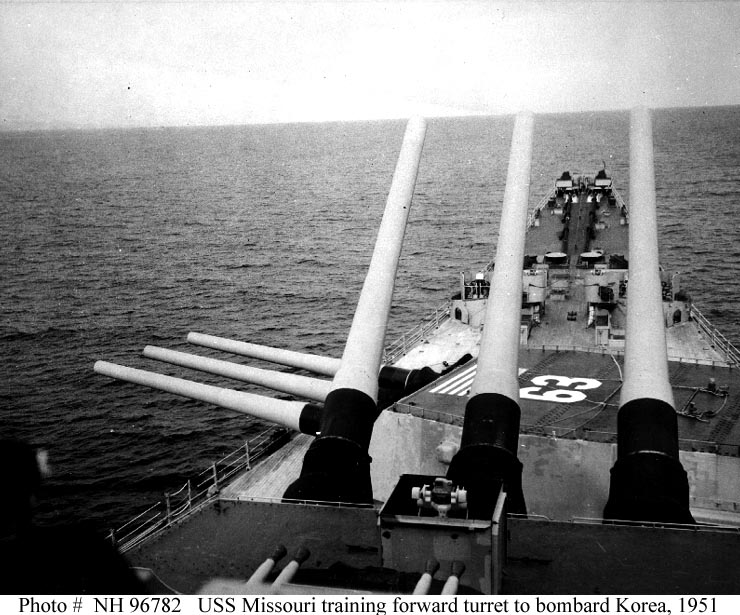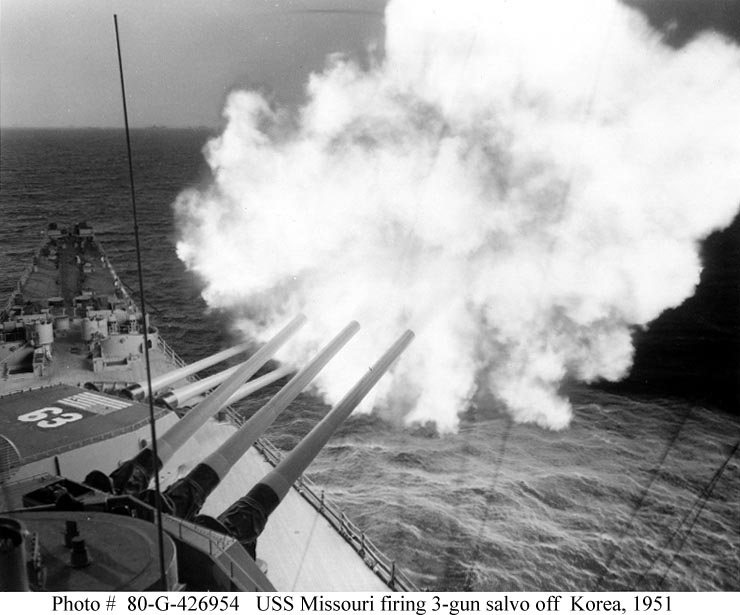Originally posted by M21Sniper
120mm tankk guns.
1. accuracy - they shoot at what 3-5k meters. A 1 mil error = 3-5 meters.
(1 mil = 1 meter at 1000 meters) Now work that out to those 100 mile ranges.
2. It would be alot easier to develope a scramjet round for a tank. ScramJet requires Mach 5 for ignition. Mach 5= 1701mps M829A1M/V= 1690mps (we have faster only one I could find M/V) 11 mps more and we are at base line ignition speed.
I can see this being developed within 1-5 yrs.
16" HC round best M/V from warships1/navy weapons = 820mps so must more than double that m/v while using the same powder chamber and recoil tolerances of the gun mount.
Martlet 3A/B out of a 16.5 /100 cal smoothbore and reduced air pressure in tube
depending on payload M/V was 1371 -1585mps
I cannot find a TFT for 155






Comment